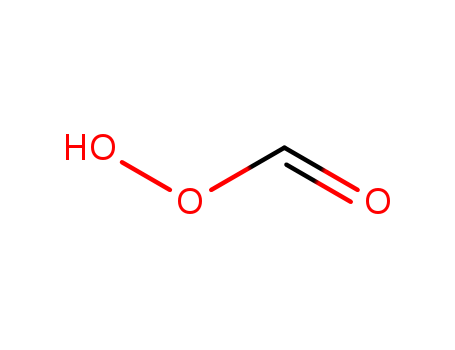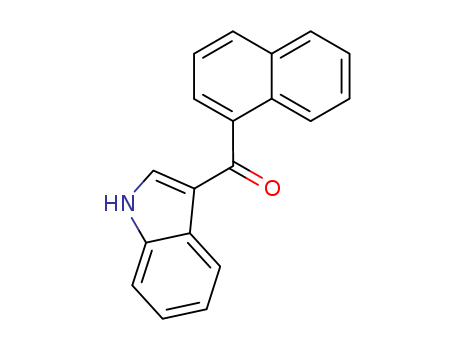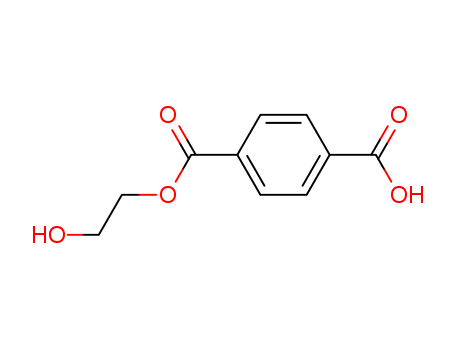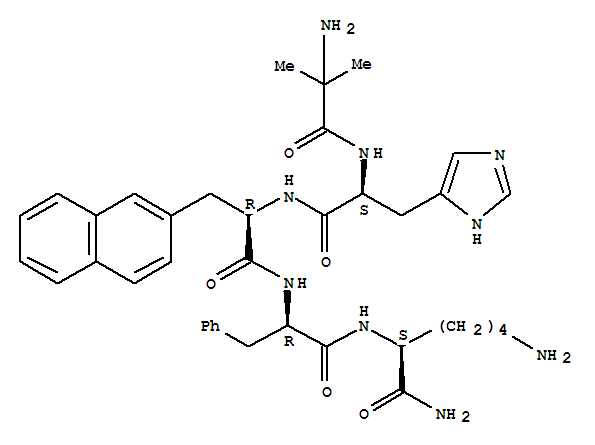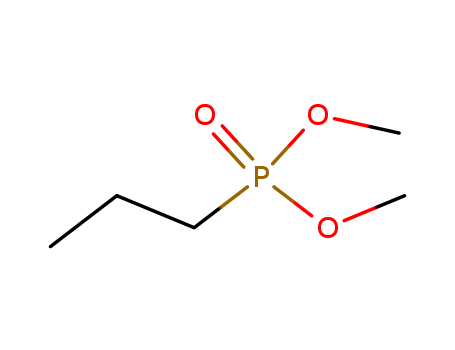- Product Details
Keywords
- Boron trichloride
- 10294-34-5
- BCl3
Quick Details
- ProName: BCl3 Boron trichloride 10294-34-5
- CasNo: 10294-34-5
- Molecular Formula: BCl3
- Appearance: Powder
- Application: 10294-34-5 ...
- DeliveryTime: by air
- PackAge: Aluminium Foil Bag and Paper Drum
- Port: Any port of China
- ProductionCapacity: 100 Metric Ton/Day
- Purity: 99.5%
- Storage: 1MT
- Transportation: By Sea/Air/DHL
- LimitNum: 1 Metric Ton
- Grade: Industrial Grade,Food Grade,Pharma Gra...
Superiority
Our company was built in 2009 with an ISO certificate.In the past 5 years, we have grown up as a famous fine chemicals supplier in China and we had established stable business relationships with Samsung,LG,Merck,Thermo Fisher Scientific and so on.Our main business covers the fields below:
1.Noble Metal Catalysts (Pt.Pd...)
2.Organic Phosphine Ligands (Tert-butyl-phosphine.Cyclohexyl-phosphine...)
3.OLED intermediates (Fluorene,Carbazole,Boric acid...)
4.Customs Synthesis
Our advantage:
1. Higest quality and good package
2.Fast delivery
3.Better payment term
4.Fast response to customer within 6 hours
5.Good business credit in Europe ,US ,Japan ,Korea
Anyway ,if you need any chemicals from China ,Henan Tianfu can help you
Details
| Boron trichloride Basic information |
| Product Name: | Boron trichloride |
| Synonyms: | chloruredebore(french);trichloro-boran;Trichloroborane;Trichloroboron;trichloro-Boron;Trona boron trichloride;Boron chloride;BORON TRICHLORIDE |
| CAS: | 10294-34-5 |
| MF: | BCl3 |
| MW: | 117.17 |
| EINECS: | 233-658-4 |
| Product Categories: | Inorganics;BoronChemical Synthesis;Compressed and Liquefied GasesMicro/Nanoelectronics;Electronic Chemicals;Gases;Synthetic Reagents;Boron;BoronSynthetic Reagents;Catalysis and Inorganic Chemistry;Chemical Synthesis;Lewis Acids;25mL Sure/Seal Reagents;Catalysis and Inorganic Chemistry;Chemical Synthesis;Lewis Acids;Organometallic Reagents;Synthetic Reagents;Imidazoles |
| Mol File: | 10294-34-5.mol |
|
|
|
| Boron trichloride Chemical Properties |
| Melting point | −107 °C(lit.) |
| Boiling point | 12.5 °C(lit.) |
| density | 1.326 g/mL at 25 °C |
| vapor density | 4.05 (vs air) |
| vapor pressure | 29.72 psi ( 55 °C) |
| Fp | 84 °F |
| storage temp. | 2-8°C |
| solubility | Miscible with dichloromethane, ethanol, carbon tetrachloride, diethyl ether, dimethyl formamide, aromatic solvents, saturated and halogenated hydrocarbon. |
| form | Solution |
| color | White |
| Water Solubility | decomposes |
| Sensitive | Moisture Sensitive |
| Merck | 14,1348 |
| Stability: | Unstable. Incompatible with metals. Reacts violently with water. Reacts vigorously with aniline, phosphine, dinitrogen tetroxide. Fumes in moist air. |
| CAS DataBase Reference | 10294-34-5(CAS DataBase Reference) |
| NIST Chemistry Reference | Borane, trichloro-(10294-34-5) |
| EPA Substance Registry System | Borane, trichloro-(10294-34-5) |
| Safety Information |
| Hazard Codes | T+,T,N,F |
| Risk Statements | 14-26/28-36/37/38-40-67-65-62-51/53-48/20-34-11-50/53-26/27/28-63-39/23/24/25-24-21-10 |
| Safety Statements | 9-26-28-36/37/39-45-8-61-38-28A-16-1-60-33-23-7/9-62-36/37 |
| RIDADR | UN 3390 6.1/PG 1 |
| WGK Germany | 3 |
| RTECS | ED1925000 |
| F | 10-21 |
| Hazard Note | Very toxic |
| TSCA | Yes |
| HazardClass | 2.3 |
| PackingGroup | II |
| Hazardous Substances Data | 10294-34-5(Hazardous Substances Data) |
| MSDS Information |
| Provider | Language |
|---|---|
| SigmaAldrich | English |
| ACROS | English |
| Boron trichloride Usage And Synthesis |
| Chemical Properties | Colorless transparent liquid with a strong unpleasant odor. Density 1.349(11℃), melting point 107.3℃, boiling point12.5℃. Hydrogen chloride and boric acid were decomposed out in case of water accompanied with large amount of heat. Forming white corrosive thick smoke in case of moisture due to hydrolyzation. Boron trichloride is much reactive, can form a variety of coordination compounds, has high thermodynamic stability, can break down to form boron chloride under discharge. In the atmosphere, boron trichloride can react with glass, ceramics by heating. It can also react with many organic to form various kinds of organic boron compounds |
| Toxicity |
Nonflammable gas, strong reactivity, explosive decomposition in case of water, violent Reaction with metals, organics etc, Strongly corroding most metals in case of moisture, corroding glass, both the toxicity of hydrogen chloride and boron. Forming white corrosive thick smoke in case of moisture, Strong reaction in case of water and sending out irritant and corrosive hydrogen chloride gas, gas Contact can irritate eyes, skin and respiratory system, the liquid can burn the eyes and skin. Patients who inhale gasses should move away from the contaminated area, rest and stay warm. Severe patients should seek medical treatment. In case of contact with skin, rinse immediately with plenty of water. Patients with burns should seek medical treatment. Patients induced by drug misusage should immediately gargle, drink water and be sent to hospital in time. Boron trichloride enters the body through respiratory and digestive tract and penetrating skin. Corrosion eyes. It hurts eyes, mucous membrane, skin, the liver, kidney and brain. Toxic smoke can cause emphysema and even death. Therefore, safeguard measures should be taken to protect respiratory tract and eyes from being seriously hurt. |
| Uses |
|
| Production method |
Refined boron trichloride as raw material is purified by adsorption and distillation to produce boron trichloride with high purity. Boron trichloride Synthesis method is as following. Dry boron powder is put in a tubular reaction tube. Inert gas was used to eliminate air first, and then heated to 300 ℃, a small amount of chlorine gas is piped in, under 650 ℃, a large amount of chlorine gas is piped in and the temperature is controlled in the range of 650~ 750 ℃. As–prepared boron trichloride is collected by dry ice under cooling, then through distillation,to produce trichloride. 2B+3C12→2BCl3 |
| Chemical Properties | colourless gas |
| Uses | For preparing methyl esters of fatty acids and for transesterification of triglycerides. |
| Uses | manufacture of and purification of boron; as catalyst for organic reactions; in semiconductors; in bonding of iron, steels; in purification of metal alloys to remove oxides, nitrides and carbides. |
| General Description | A colorless gas with a pungent odor. Fumes irritate the eyes and mucous membranes. Corrosive to metals and tissue and is toxic. Under prolonged exposure to fire or intense heat, the containers may rupture violently and rocket. Used as a catalyst in chemical manufacture, in soldering fluxes, and for many other uses. |
| Air & Water Reactions | Fumes in air, including moisture in air and soil, to form hydrochloric acid [Merck 11th ed. 1989]. Reacts vigorously with water and forms hydrochloric acid fumes and boric acid. |
| Reactivity Profile | Boron trichloride vigorously attacks elastomers and packing materials. Contact with Viton, Tygon, Saran and natural and synthetic rubbers is not recommended. Highly corrosive to most metals in the presence of moisture. Reacts energetically with nitrogen dioxide/dinitrogen tetraoxide, aniline, phosphine, triethylsilane, or fat and grease [Mellor 5:132 1946-47]. Reacts exothermically with chemical bases (examples: amines, amides, inorganic hydroxides). |
| Health Hazard | Strong irritant to tissue. Fumes are corrosive and highly toxic. Boron affects the central nervous system causing depression of circulation as well as shock and coma. May cause severe burns to skin. May result in marked fluid and electrolyte loss and shock. |
| Fire Hazard | When heated to decomposition, Boron trichloride emits toxic fumes of chlorides. Boron trichloride will react with water or steam to produce heat, and toxic and corrosive fumes. In hot water, decomposes to hydrochloric acid and boric acid. Fumes and hydrolyzes in moist air to form hydrochloric acid and oily, irritating corrosives. Avoid aniline, hexafluorisopropylidene amino lithium, nitrogen dioxide, phosphine, grease, organic matter, and oxygen. Nitrogen peroxide, phosphine, fat or grease react energetically with Boron trichloride . Oxygen and Boron trichloride react vigorously on sparking. Boron trichloride and aniline react violently in the absence of a coolant or diluent. Stable. |
| Boron trichloride Preparation Products And Raw materials |
| Preparation Products | Boron-->Boron nitride-->Fludarabine-->PHENYLBORON DICHLORIDE-->BORON SUBPHTHALOCYANINE CHLORIDE |
| Raw materials | CARBON DIOXIDE-->Boron |



 Assessedsupplier
Assessedsupplier



